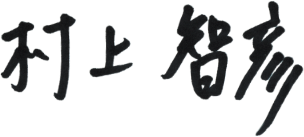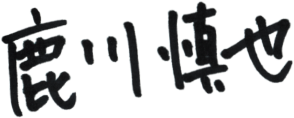What is Aramaki Sake?
Aramaki Sake refers to salted, matured salmon whose gills and organs are removed. This preservation process has been common in northern Japan since the Edo period (1603-1868).
There are a couple of salting methods. “Kanpu-boshi” utilizes cold wind while hanging salmon to dry. By doing so, just the right amount of water content will be removed so that the umami flavor will be more concentrated and the fat will be more condensed. “Yama-zuke” is another effective way to enhance umami flavor. Stones are placed on piled salted salmon to remove moisture through osmotic pressure. The stones are then removed and the process repeated after rearranging the positions of the salmon to ensure that the effect is applied evenly. The salmon will age as protein is gradually transformed into amino acids.
Aramaki Sake is a traditional food culture invented in the Edo period when there were no refrigerators.
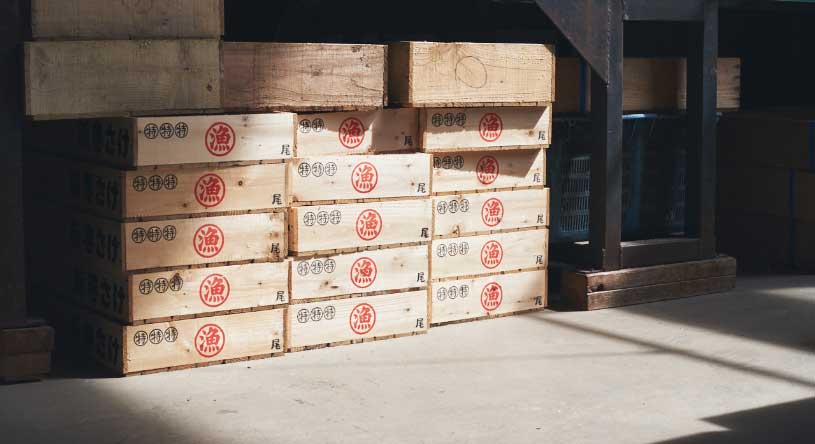

Salmon Boxes
Not only fish but also fruits and vegetables used to be shipped in wooden boxes that were made from timber cut down in the local mountains. In recent years, these boxes have been replaced by cardboard or Styrofoam boxes as these materials are light and easy to handle. However, some seafood processing companies still use the traditional wooden boxes as they are more durable and also absorb just the right amount of water content from the salted salmon while in transport.
All the products are made from Hokkaido-grown Sakhalin fir trees, whose wood matures the more it is used.
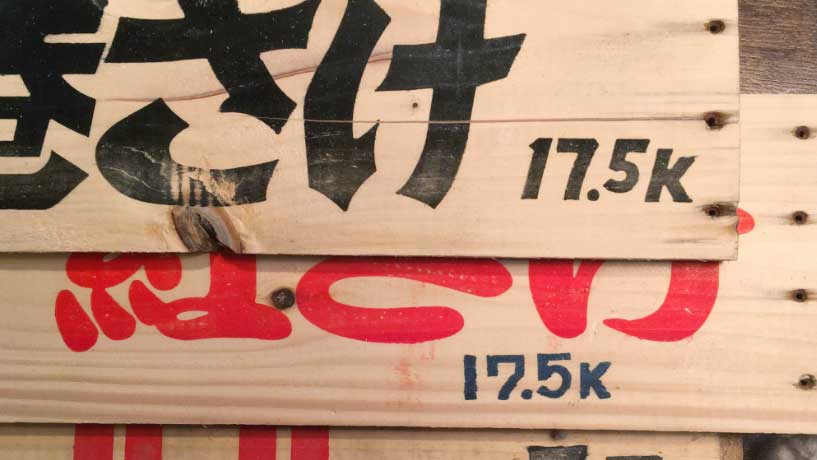

Printing
On the surface of a salmon box, the details of the contents – origin, species, fishing method, weight, sorting method and the logo of the processing manufacturer – are printed with unique fonts. In order to identify the content instantly, all the information is printed on the side of the box which is visible in transport or storage.


Plates
The plates for salmon box printing are arched to fit the cylinder of the rotary press. The holes on the plates are for screws which fix the plate to the cylinder. The plates used to be made from brass but today the majority are made from rubber and altered polyvinyl chloride pipes.
Most of the lettering is powerful and unique and there are even plates with cartoons or drawings. The practical layout of the information with a variety of colors also has a certain charm.
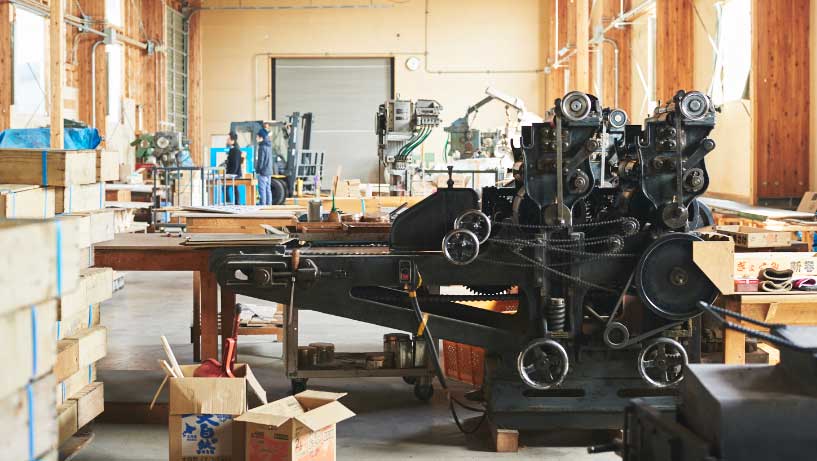

Rotary Press
A rotary press like the one used in newspaper agencies is used to print on the sides of the boxes. Ink is applied to an arched plate which has been placed on the cylinder. The sides of the boxes are sent through the press, delivering a unique impression on the wood.
The main colors used are red, blue and black. A separate press is used for each color. Most rotary presses have already gone out of production so some factories own spare presses in case of breakdown or malfunction.
What is 
The Aramaki story began when a carpenter returned home after spending several years away. He saw a potential in the wooden salmon boxes which are common to Hokkaido.
There are many lessons derived from the art of carpentry. These include always appreciating wood, making full use of materials, and utilizing the proper material in the appropriate place. Having reflected on these lessons and seeking an appropriate place removed from the original purpose, Murakami reconsiders the value of salmon boxes and endeavors to make a full use of them. Shikagawa has taken his highly sophisticated techniques into processing Hokkaido-grown Sakhalin fir trees, which are very rarely used in guitar construction. By exploring the further potential of this wood, as well as adopting its features, he has discovered a new, unique sound which is highly valued by major musicians.
Through the project they have visited processing manufacturers in Kushiro, located on the East coast of Hokkaido, discovering the economic decline in the forestry, fishery and distribution industries. Wooden salmon boxes are gradually being replaced by Styrofoam and the salmon catch is in decline. In collaboration with local manufacturers, production lines have been revitalized, resulting in new products. This presents an opportunity to consider the future of primary industries.
From Aramaki Sake to ARAMAKI, they aim to bring a new concept of richness to daily life which reflects this unique food culture through this project.

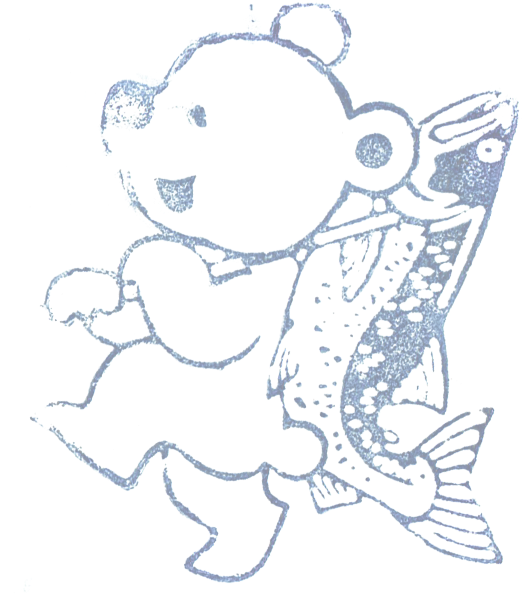
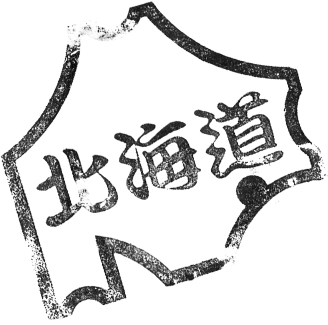
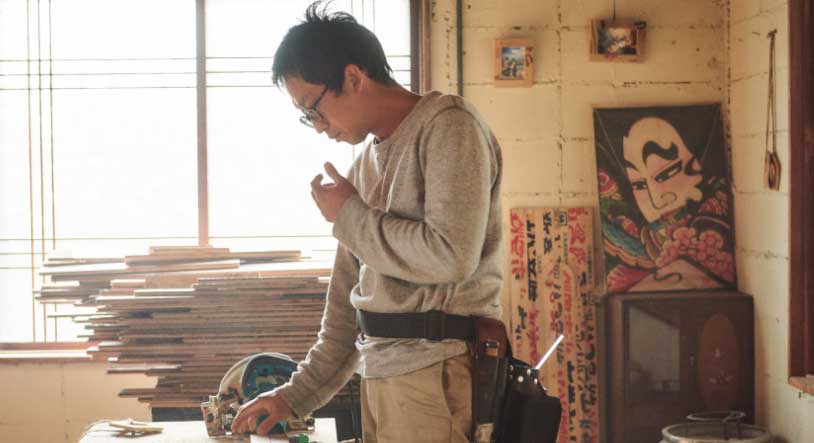
Carpenter/Representative
Born in Eniwa, Hokkaido in 1978, Murakami represents Gen & Co. He graduated from The Sapporo School of The Arts with a major in industrial and architectural design. He has been engaged in shrine and temple architecture mainly in the Kansai area. He returned to Eniwa in 2012. By utilizing his expertise and design skills, his work spans the fields of carpentry, architecture and design.
gencompany.net

Guitar Maker
Born in Eniwa, Hokkaido in 1987, Shikagawa is the owner of Shikagawa Musical Instruments. He was in charge of the production of the popular Navigator guitar series produced by the ESP guitar manufacturing company, working on over 1000 guitars. He also worked and taught guitar-making in ESP Musical Academy for three years. He returned to Eniwa in 2015 to repair and manufacture guitars and bass guitars.
shikagawa-mi.com
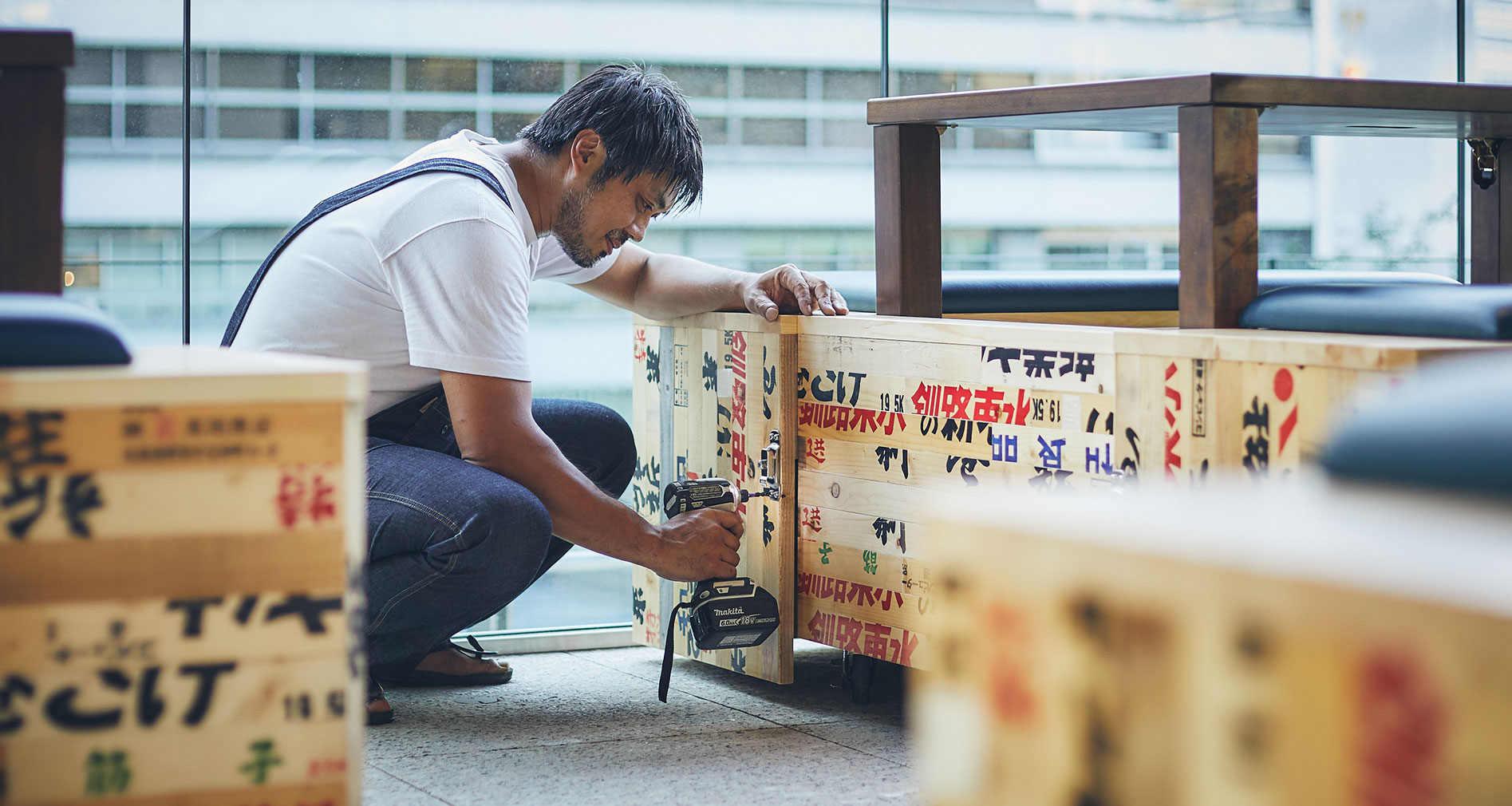
Furniture Maker
Born in Toyako, Hokkaido in 1979 and now lives in Isumi City, Chiba. After graduating from ICS College of Arts, he was engaged in furniture manufacture, campervan manufacture, and worked at an architectural design office, before starting his own business, Banana Works (now Banana Drive), in 2016. He mainly deals with woodwork as well as metalwork while working on a variety of projects.
banana-drive.com
 Illustration by Keitaro Murakami
Illustration by Keitaro Murakami
Production Studio “ARAMAKI BASE”
Located on an approximately 2000㎡ lot with backyard, vegetable patches and showroom, ARAMAKI BASE has been built to maximize work efficiency by integrating the two artists’ workshops into one studio. It aims to function as a place where artists and craftsmen gather casually and experiment with life-centered ideas.
AddressARAMAKI BASE / Tomo no Ie
94-1 Kasuga, Eniwa City, Hokkaido
061-1402 Contact



